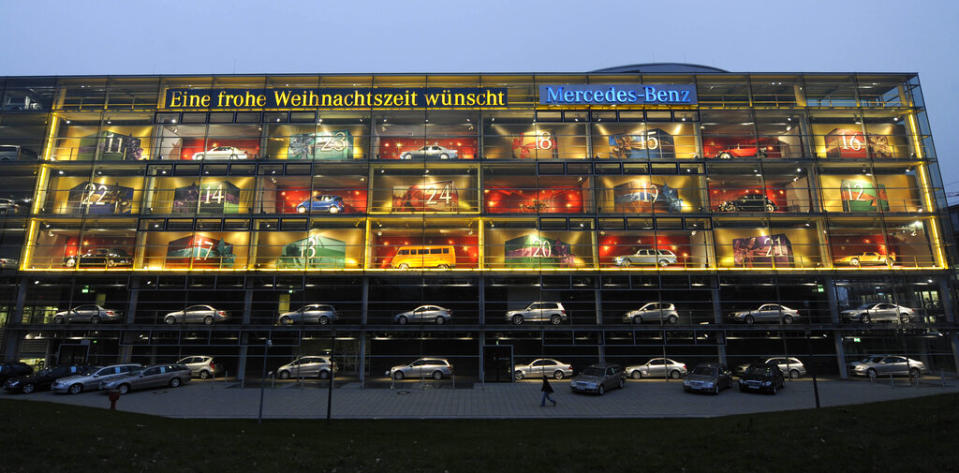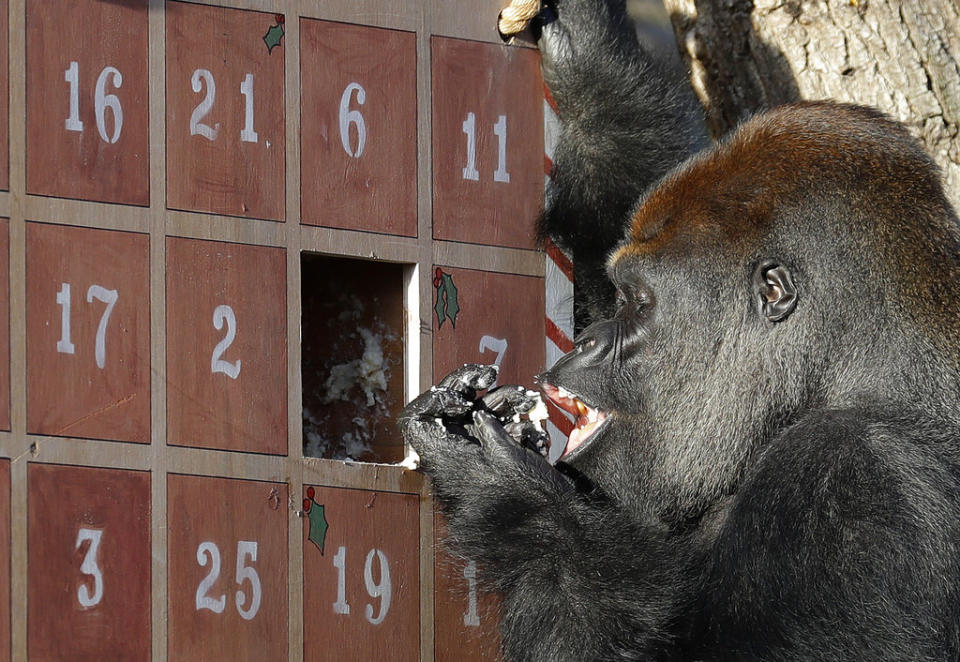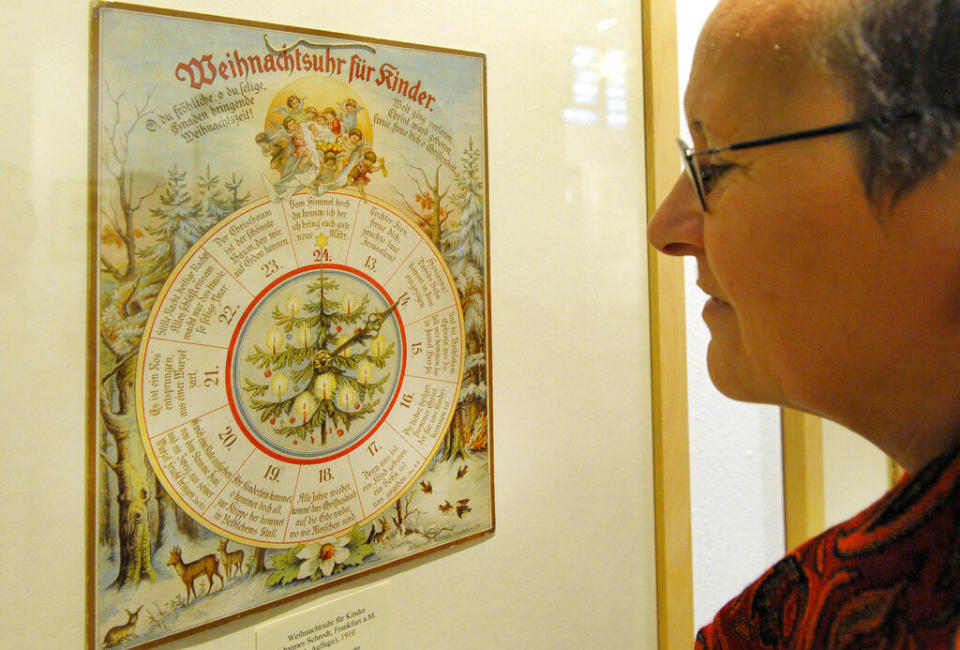How did Advent calendars become a beloved holiday tradition?
(NEXSTAR) – While the chocolates are usually not the finest, it’s hard to beat the childhood excitement of opening up the next Advent calendar date to see what small treat awaits.
Advent calendars come in many forms, even catering to adults with small bottles of wine or whiskey instead of chocolate, but how did the tradition begin?

The mass-produced calendars of today trace back to the Advent period of centuries past, which focused less on eating chocolate and more on abstaining from fun, Brent Landau, professor of religious studies at the University of Texas at Austin told Nexstar.
“Advent,” Latin for a “coming” or an “arrival,” is the anticipatory period leading up to Christmas, as well as the start of the year for the Christian church’s calendar, and is believed to date back to the 4th century, Landau said.
COVID, RSV or flu? How to tell the symptoms apart
“In the Middle Ages there was a lot more sort of rigorous discipline connected with it,” Landau said. “So in the 13th Century, it was a four week fast and you were generally not eating or not eating a lot, at least during the daylight hours. There were a number of things that were forbidden – sex was forbidden during Advent, marriage ceremonies were not supposed to happen, you were not supposed to play games [and] you weren’t supposed to have feasts.”
Religious leaders in the 1200s would have had a difficult time imagining a “Harry Potter”-themed sock Advent calendar to count down to Christmas, but that’s fine, Advent calendars wouldn’t be marketed for another six centuries.

“I think the first Advent calendars that we know about that people were making were around 1850 in Germany,” Landau said. “Essentially, these were homemade Advent calendars so people would, you know, create them from woodworking or things like that. Sometimes they would just mark the days of an event, like with a piece of chalk on a door.”
Advent includes the first four Sundays leading up to Dec. 25, meaning the length and start date can vary depending on what day Christmas falls on. In 1850s Germany, the countdown from Dec. 1 to Dec. 25 began to take hold in limited form, Esther Gajek, a University of Regensburg cultural anthropology lecturer, told the New York Times.
“Some parents — mostly Protestant ones, mostly in cities, mostly members of the educated classes — made something for their children to visualize the endless time before Christmas,” Dr. Gajek told the paper.
Then in 1902, a publishing house created the first known Advent calendar, which more closely resembled a “Christmas clock for children,” according to the Weihnachts Christmas Museum in Rothenburg ob der Tauber, Germany.

It was German lithographer Gerhard Lang, however, who came to be known as the “inventor” of the modern Advent calendar in the years that followed. According to the museum, when he was a boy Lang’s mother would help him count down to Christmas by fixing 24 cookies to a makeshift calendar.
After World War I, Lang released his first Advent calendar with pieces of chocolate inside, paving the way for the modern versions.
In the U.S., Advent calendars saw a massive boost in popularity after World War II.
“President Dwight Eisenhower’s grandkids had a picture in Newsweek magazine of them opening an advent calendar, because at that point … Advent calendars were still sort of a new thing in the United States, even though they had been produced in Germany for 50 years,” Landau said.
According to Getty, the photo taken in 1954 at Fort Leavenworth showed President Eisenhower’s three grandchildren joining in an appeal for sales of “Little Christmas Town” Advent calendars by the National Epilepsy League.
In the years that followed, Advent calendars have exploded in popularity but it makes you wonder how today’s treats might have fared in the early 20th Century. Would Gerhard Lang have included Japanese whiskey, gemstones or Dolly Parton’s favorite candies? It would be nice to think so.
For the latest news, weather, sports, and streaming video, head to The Hill.

